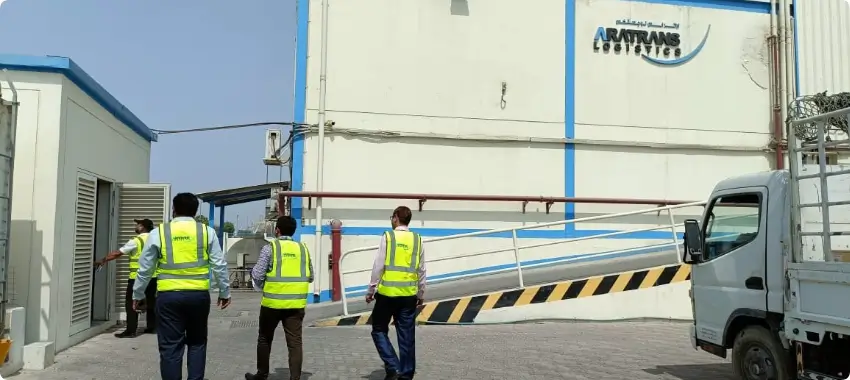
Customs-Trade Partnership Against Terrorism (CTPAT) is one layer of U.S. Customs and Border Protection’s (CBP) multi-layered cargo enforcement strategy. Through this program, CBP works with the trade community to strengthen international supply chains and improve United States border security. CTPAT certification is a voluntary public-private sector partnership program that recognizes that CBP can provide the highest level of cargo security only through close cooperation with the principal stakeholders of the international supply chain, such as importers, carriers, consolidators, licensed customs brokers, and manufacturers. The Security and Accountability for Every Port Act of 2006 provided a statutory framework for the CTPAT program and imposed strict program oversight requirements.
A Growing Partnership
From its inception in November 2001, CTPAT continued to grow. Today, more than 11,400 certified partners spanning the gamut of the trade community, have been accepted into the program. The partners include U.S. importers/exporters, U.S./Canada highway carriers; U.S./Mexico highway carriers; rail and sea carriers; licensed U.S. Customs brokers; U.S. marine port authority/terminal operators; U.S. freight consolidators; ocean transportation intermediaries and non‐operating common carriers; Mexican and Canadian manufacturers; and Mexican long‐haul carriers, all of whom account for over 52 percent (by value) of cargo imported into the U.S.
How CTPAT works
When an entity joins CTPAT, an agreement is made to work with CBP to protect the supply chain, identify security gaps, and implement specific security measures and best practices. Applicants must address various security topics and present security profiles that list action plans to align security throughout the supply chain.
CTPAT members are considered low-risk and are, therefore, less likely to be examined at a U.S. port of entry.
CTPAT Benefits
CTPAT Partners enjoy a variety of benefits, including taking an active role in working closer with the U.S. Government in its war against terrorism. As they do this, Partners are able to better identify their own security vulnerabilities and take corrective actions to mitigate risks. Some of the benefits of the program include:
- Reduced number of CBP examinations
- Front of the line inspections
- Possible exemption from Stratified Exams
- Shorter wait times at the border
- Assignment of a Supply Chain Security Specialist to the company
- Access to the Free and Secure Trade (FAST) Lanes at the land borders
- Access to the CTPAT web-based Portal system and a library of training materials
- Possibility of enjoying additional benefits by being recognized as a trusted trade Partner by foreign Customs administrations that have signed Mutual Recognition with the United States
- Eligibility for other U.S. Government pilot programs, such as the Food and Drug Administration’s Secure Supply Chain program
- Business resumption priority following a natural disaster or terrorist attack
- Importer eligibility to participate in the Importer Self-Assessment Program (ISA)
- Priority consideration at CBP’s industry-focused Centers of Excellence and Expertise
FAQ's
C-TPAT (Customs-Trade Partnership Against Terrorism) is a voluntary supply chain security program led by U.S. Customs and Border Protection (CBP), aimed at improving the security of private companies' supply chains with respect to terrorism.
No, CTPAT is open to businesses worldwide that are involved in importing goods to the United States. It is a global initiative that seeks to enhance the security of international trade.
The cost of CTPAT certification varies depending on the size and complexity of the business. While there is no direct fee for joining the program, companies may incur costs related to implementing required security measures and performing internal audits.
Membership is open to importers, carriers, consolidators, logistics providers, and manufacturers, among others, who are involved in the global supply chain and meet certain security criteria.
Benefits include a reduced number of CBP examinations, priority processing for CBP inspections, eligibility for expedited shipping benefits like the FAST lanes on the border, and potential expedited resolution of cargo holds.
Companies must apply through the C-TPAT portal, where they complete a comprehensive application, including a supply chain security profile that details their processes and practices.
The minimum security criteria cover areas such as physical security, personnel security, procedural security, education and training, access controls, and manifest procedures, which vary depending on the specific industry sector of the applicant.
